Looking at Apple's latest leaks feels like watching a perfectly orchestrated symphony of speculation come together, only this time, we are dealing with more than just rumors. Between FCC documents accidentally revealing hardware identifiers and YouTubers unboxing devices that are not supposed to exist yet, we are getting an unprecedented peek behind Apple's curtain. Cue the popcorn.
What makes these leaks compelling is not just their scope; it is the strategy they expose. We are not looking at a single product refresh. This is Apple placing coordinated bets across the entire Pro ecosystem, hinting at shifts in AR and VR, silicon, and pro workflows. The timing matters too. When different product categories leak at once through unrelated channels, Apple is usually closer to launch than anyone expected. Closer than comfortable.
The M5 chip revolution is closer than you think
The M5 chip is not another incremental bump; it is Apple pressing its silicon advantage at a critical moment in the AI race. Leaked benchmarks point to roughly 12 to 15 percent faster multi-core performance and up to 36 percent faster GPU performance compared to its predecessor. The GPU jump is the headline, especially as Apple Intelligence workloads grow and creative apps slam into current limits.
Under the hood, rumors suggest the chip features an enhanced ARM architecture, built on TSMC's 3-nanometer process, with a 6-core CPU and a 5-core GPU. The rollout plan is the twist. Apple is expected to bring M5 versions of the MacBook Air in the first quarter of 2026, a sign of a coordinated push across product lines instead of the staggered trickle we have seen before. One launch window, many machines.
The FCC documents reference a MacBook Pro that points to the anticipated M5 MacBook Pro, with only one model number listed, A3434, even though more are expected. Meanwhile, the next MacBook Pro models are headed for mass production with M5, M5 Pro, and M5 Max variants. Translation: Apple is treating M5 as a generational anchor for its pro strategy.
iPad Pro gets the M5 treatment (and dual cameras)
The iPad Pro leaks blend credibility with clear design intent. A Russian YouTuber posted a full unboxing of an M5 iPad Pro, and it lands harder because the same channel previewed the 14-inch MacBook Pro with M4 before Apple announced it last year. Once is luck. Twice gets your attention.
Upcoming iPad Pro models are expected to keep the current M4-era design, swap in the M5, and add a second front camera for more natural video calls. That change fixes a nagging real-world problem. When an iPad doubles as your laptop, camera placement in landscape versus portrait can make you look like you are staring off-screen.
The new camera system is designed to work cleanly in landscape and portrait, with two front cameras that make calls feel normal, no matter how you hold the tablet. Pair that with the M5 iPad Pro performance bump, up to 12 percent in multi-core CPU and up to 36 percent in GPU, and you are looking at the biggest iPad Pro update since the Apple Silicon transition. Expect model numbers A3357, A3358, A3359, A3360, A3361, and A3362 across 11-inch and 13-inch sizes.
Vision Pro's surprising strategic shift
Here is the curveball. Apple has stopped work on a cheaper, lighter version of the $3,499 Vision Pro. The rumored lighter and more affordable model for 2027 is off the board. Instead, engineers are moving to Apple's smart glasses project to counter Meta.
That pivot says a lot about how Apple sees spatial computing. Rather than broadening Vision Pro with a low-cost model, Apple seems to think the mainstream path runs through augmented help, not full immersion. The only new Vision product on deck is a refresh of the existing headset with the M5 chip.
The next Apple Vision Pro has been rumored to add an M5 chip, a Space Black color, and an upgraded R2 chip. The bigger story is what comes after. Apple's smart glasses are set to include cameras, microphones, AI features, and an Apple-designed chip derived from the Apple Watch.
For round one, Apple's glasses are expected to ship without a display and lean on AI, cameras, and audio, similar to Meta's Ray-Bans. It is a bet that everyday wearables, light and always on, will win the adoption curve. Apple aims to release models with multiple frames, materials, and color options, with a possible announcement as early as 2026 and a launch in 2027. That timing drops them into direct conversation with whatever Meta ships next.
What does this all mean for your upgrade timeline
We are looking at more than spec bumps; this is Apple syncing product lines around M5 and GPU-heavy workloads that match where AI is headed. The iPad Pro acknowledges a simple truth. For many people, the tablet is the laptop now, and video calls should not feel awkward because you rotated the screen.
The Vision Pro pivot is even louder. Rather than push a cheaper headset, Apple is chasing the Meta Ray-Ban play, everyday glasses with AI that slip into your life without ceremony. Frankly, that feels like the way most people will try spatial computing for the first time.
A wave of new updates is expected by early 2026, and both Mark Gurman and Ming-Chi Kuo believe M5 MacBook Pro models will land sometime next year rather than later in 2025.
If you are holding off on big Apple purchases, this looks like a company accelerating hardware to meet AI needs while placing a bet on wearable computing. The real question is not whether you can wait for these products. It is whether you want in when smart glasses arrive in 2027.







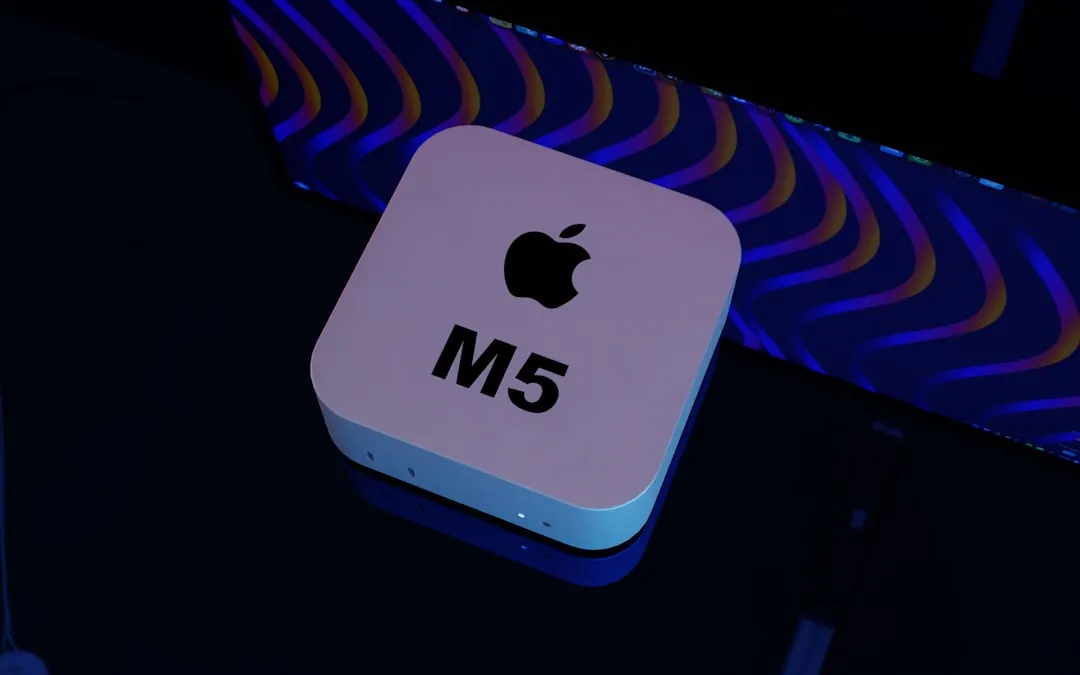

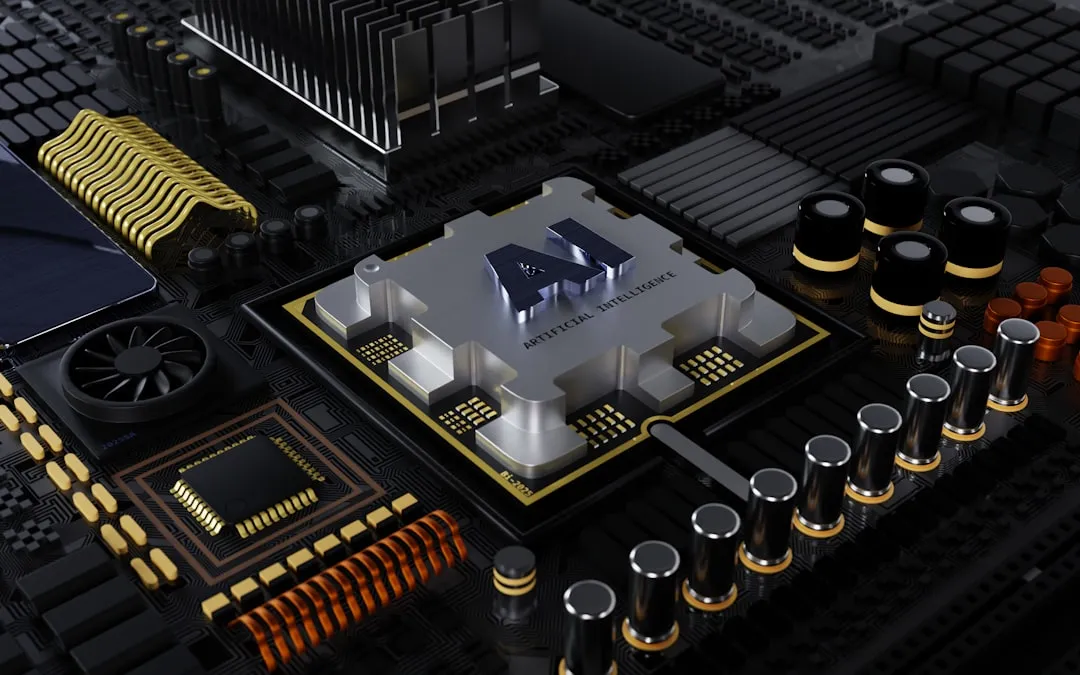
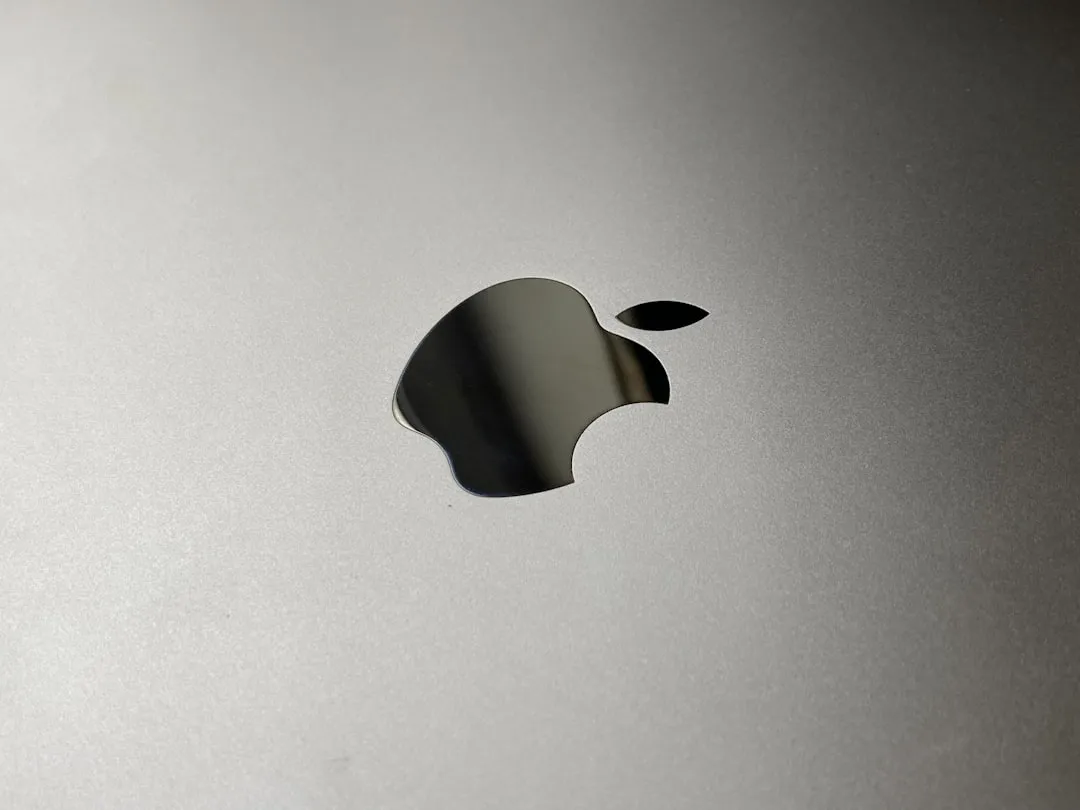
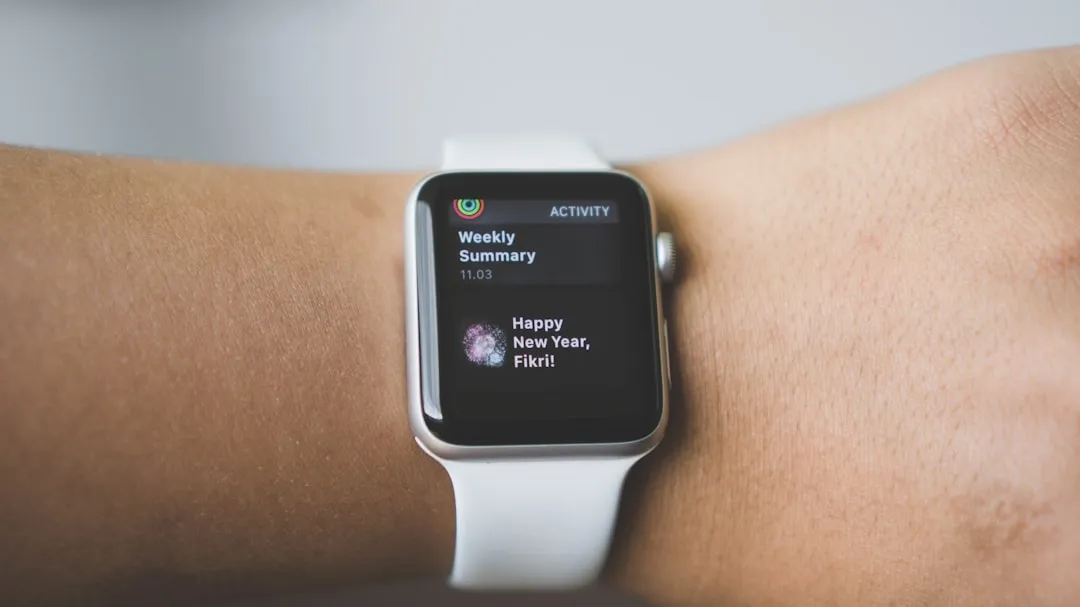
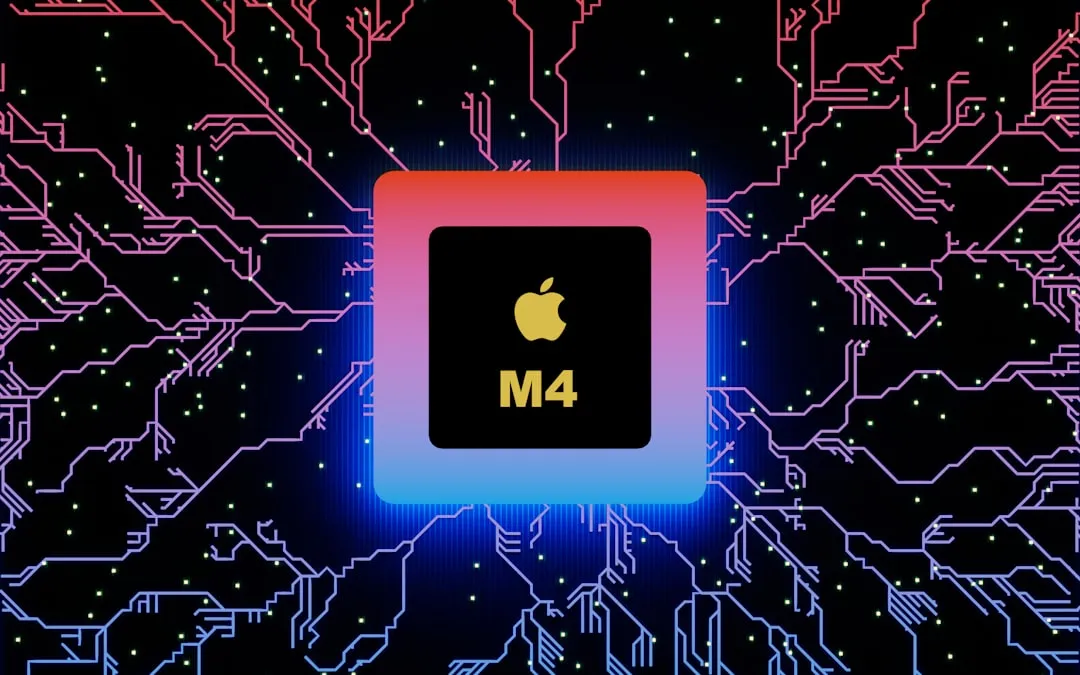



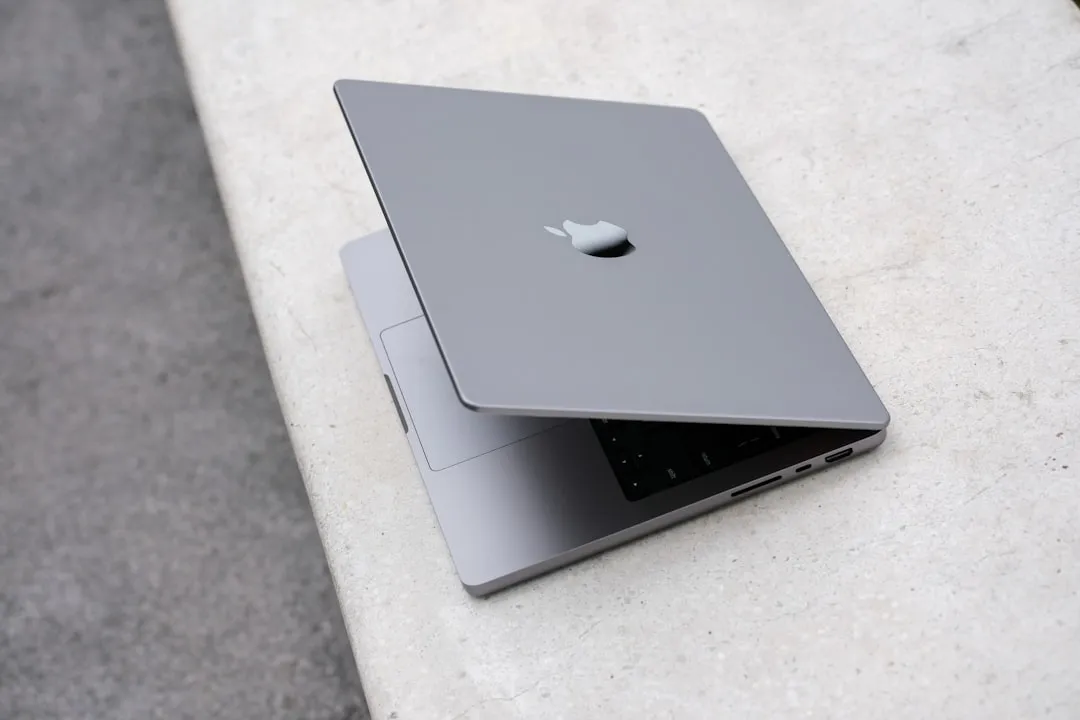
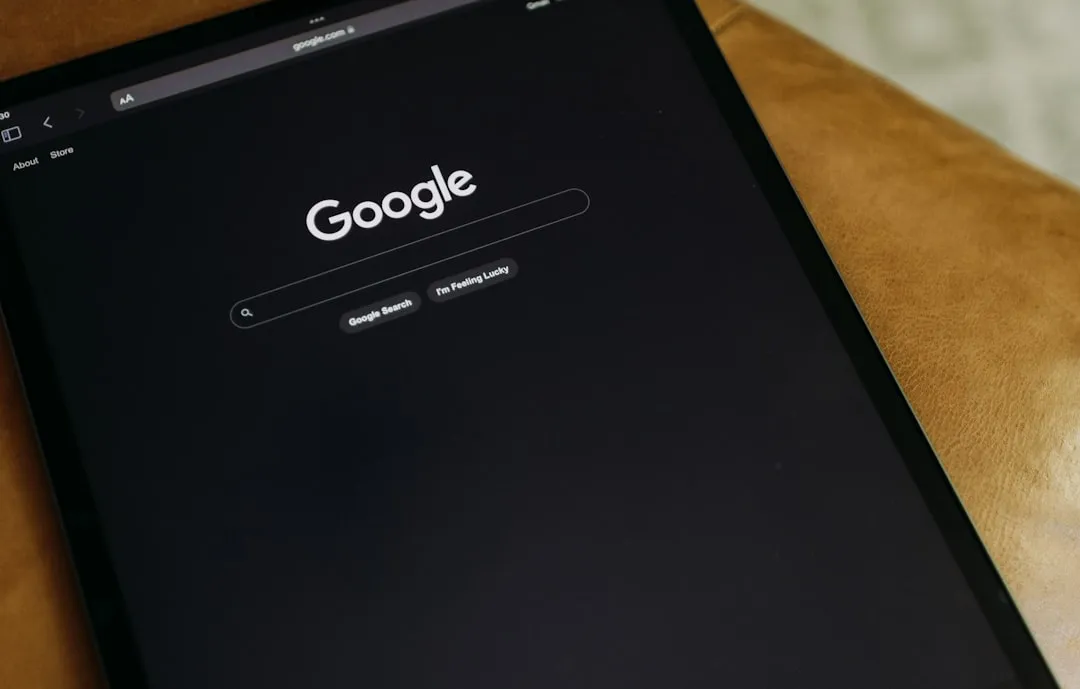

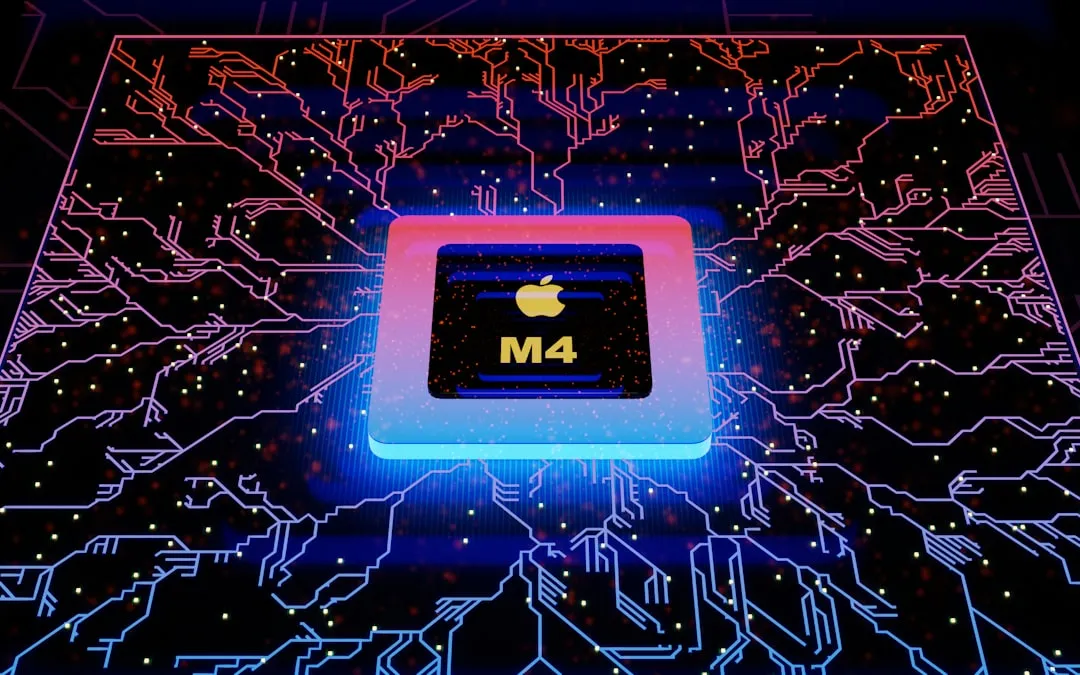


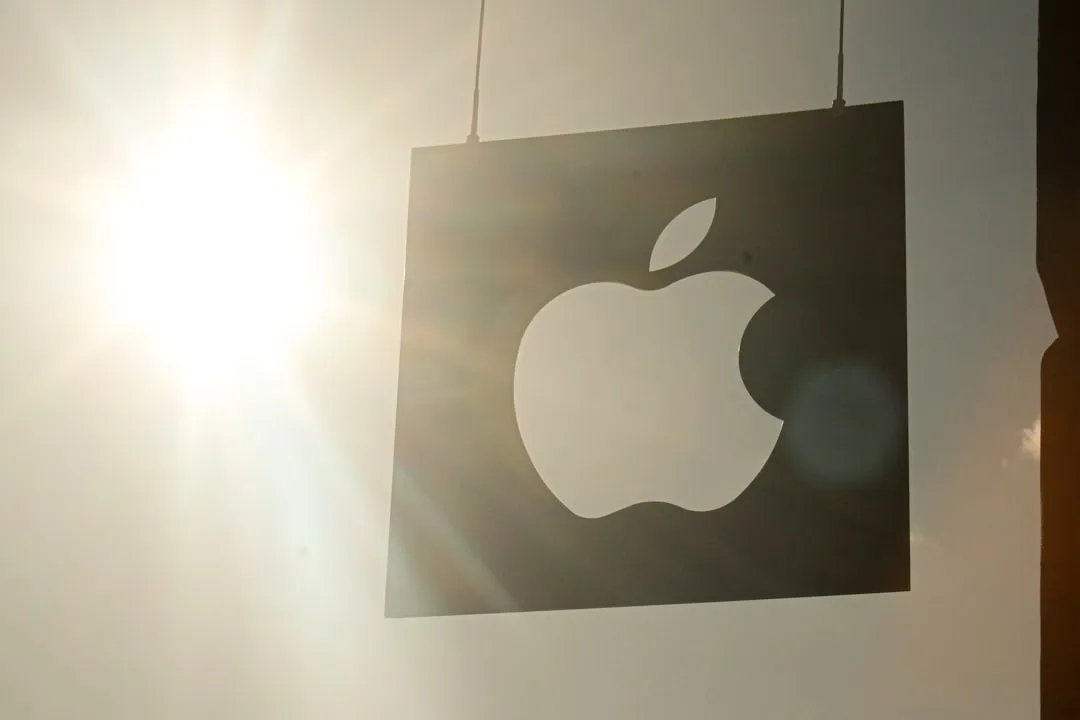
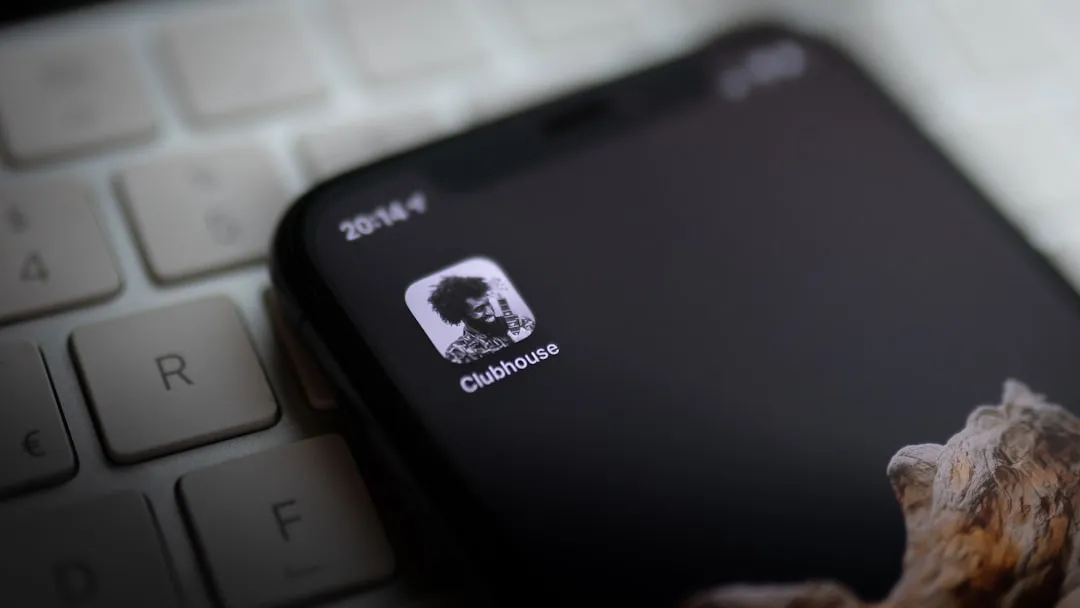
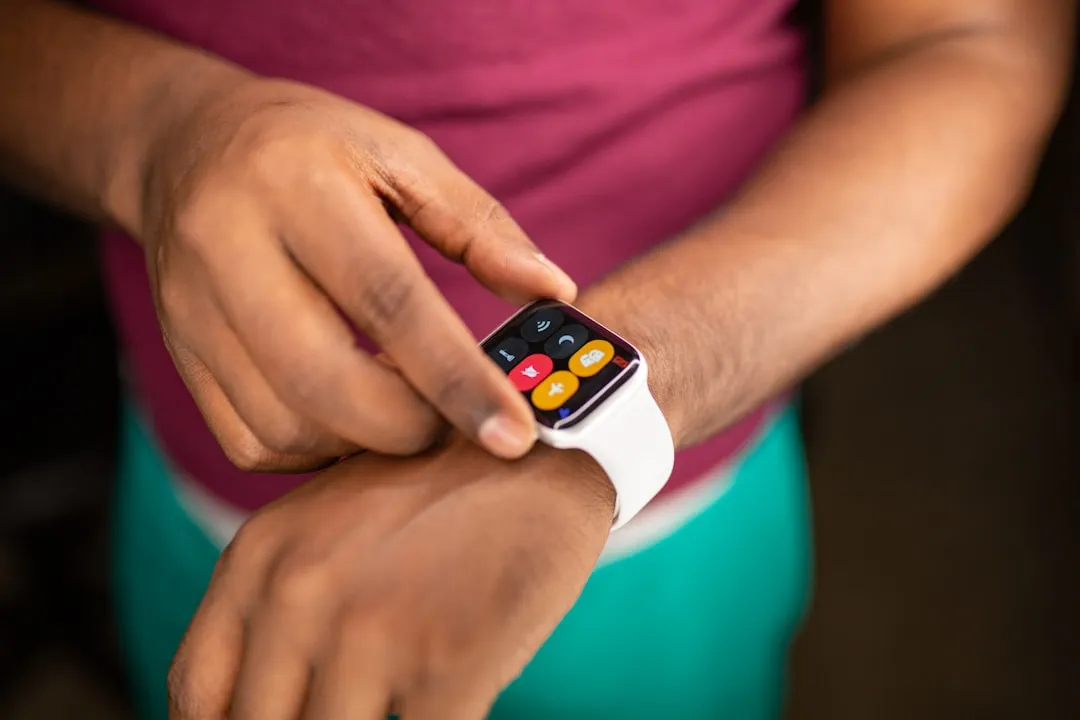
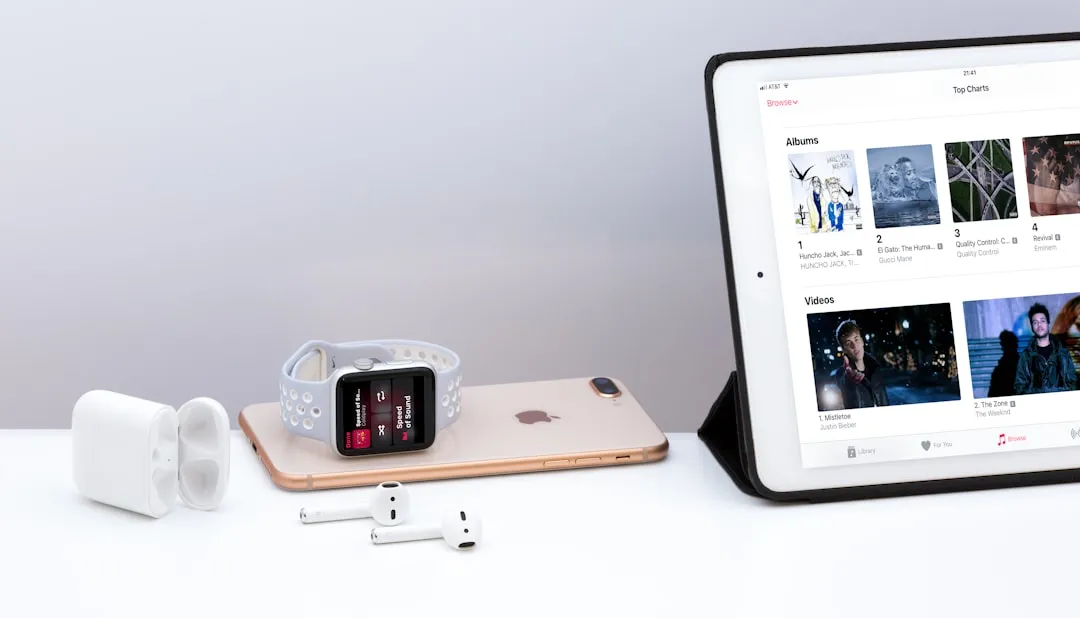
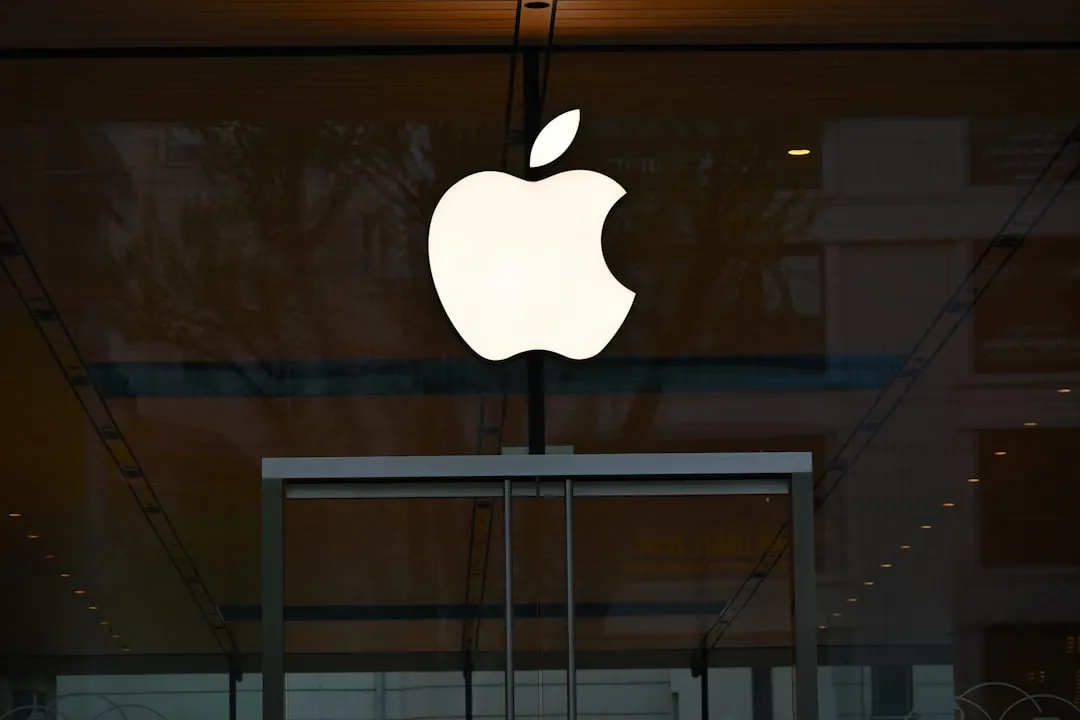

Comments
Be the first, drop a comment!